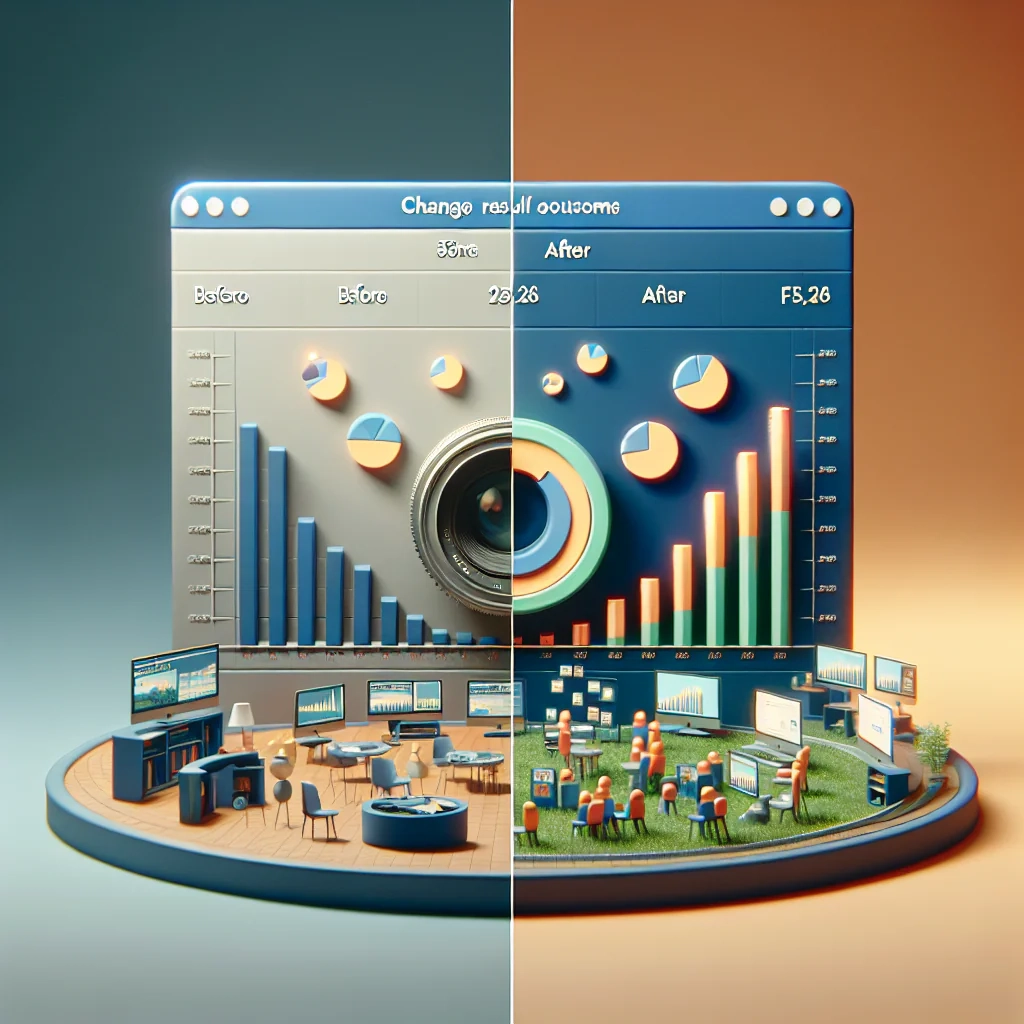Understanding the Importance of A/B Testing
What is A/B Testing?
A/B testing, also known as split testing, is a method that can drastically improve your Facebook ad performance. Essentially, you’re comparing two versions of an ad to see which one performs better. It’s like hosting a contest between two ads, and the winner gets to keep running while the loser goes home.
In the past, I would launch an ad and hope for the best, but that approach is like throwing spaghetti on the wall to see what sticks. After digging into A/B testing, I realized it’s a systematic approach that allows me to pinpoint exactly what resonates with my audience.
By implementing A/B testing consistently, I could fine-tune everything from the headlines to the images used. This means that instead of guessing which creative might work, I was making data-driven decisions every single time.
Identifying Which Elements Matter
Focus on Creative Design
The design of your Facebook ad can make or break its success. A lively, eye-catching design immediately draws attention, while a dull one might be scrolled past in seconds. I’ve learned that elements like color schemes, font choices, and image quality play critical roles in grabbing your viewers’ attention.
It’s essential to remember your target audience when designing ads. I found that the colors and designs that resonate with my demographic differ vastly from what might appeal to someone else. This is why testing different styles became a cornerstone of my ad strategy.
After testing various designs, I noticed how small tweaks could lead to significant engagement increases. Don’t underestimate the power of having a good designer—or investing time yourself to play around with visually appealing graphics!
Messaging that Connects
Telling a Compelling Story
When I started testing different ad creatives, the messages I delivered were just as crucial as the visuals. Storytelling became a key player in these tests for me; ads that told a genuine, relateable story produced far better results.
I experimented with different narratives: some focused on problem-solving, while others appealed to emotions or humor. The feedback was clear; audiences connect with ads that reflect their own journeys or aspirations.
By tapping into the struggles or joys of my target demographic, I’ve been able to tailor my message and really drive engagement. It’s not just about selling—it’s about creating a dialogue and fostering a relationship with my audience.
Measuring Success and Making Adjustments
Key Metrics to Track
Once you’ve deployed your ads, it’s critical to monitor their performance. Metrics like click-through rates (CTR), conversion rates, and engagement levels provide insight on what’s working. Initially, I felt overwhelmed by the numbers, but breaking it down helped make sense of it all.

For instance, if one ad’s CTR is significantly higher than another, that’s a clear indicator that it resonated more with my audience. This data shows me what I need to replicate in future campaigns.
Being diligent about tracking and measuring results has allowed me to create a continuous cycle of improvement. Ad performance is never static; by adjusting based on real-time data, I can keep things fresh and engaging for my audience.
Refining for Better Outcomes
Learning from Failures
Not every ad is going to hit it out of the park—and that’s okay! During my journey with Facebook ads, I’ve learned to see failures as stepping stones. Each ad that underperformed was just another lesson in what didn’t work for my audience.
After launching a few clunkers, I started to appreciate the value in these misfires. They offered insights into audience preferences and helped refine my future strategies. Nothing is wasted if you take the time to analyze and learn.
Now, instead of beating myself up over a flopped ad, I take a breather, dig into the analytics, and adjust my approach accordingly. It’s all part of the learning process in the fast-paced world of Facebook advertising.
Frequently Asked Questions
1. What is the main benefit of A/B testing Facebook ad creatives?
The primary benefit of A/B testing is to identify which ad variations resonate best with your audience, allowing you to make informed decisions that can significantly improve ad performance.
2. How do I choose which elements to test in my ads?
Start by focusing on high-impact elements such as visuals, headlines, copy, and calls to action. These components directly influence how your audience interacts with your ad.
3. Can I combine multiple changes in one ad during A/B testing?
While it might be tempting to test multiple changes at once, it’s best to isolate one variable at a time. This way, you can clearly identify which change caused any variations in performance.
4. How long should I run my A/B tests?
The duration of your A/B tests can depend on your audience size and ad spend. However, running tests for at least 7-14 days typically provides a good amount of data to analyze.
5. What should I do with underperforming ad creatives?
Rather than tossing them, analyze the reasons why they didn’t perform well. Use those insights to refine your approach in future campaigns, adjusting elements based on data-driven conclusions.


